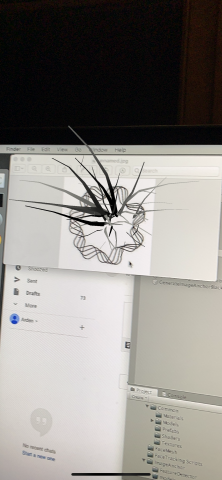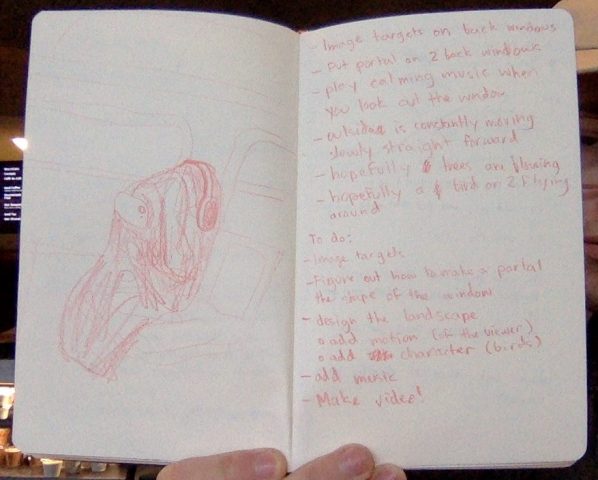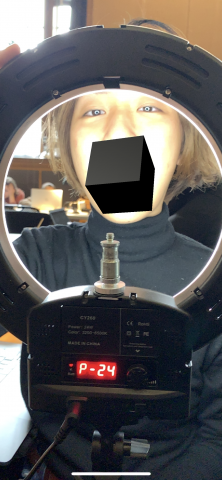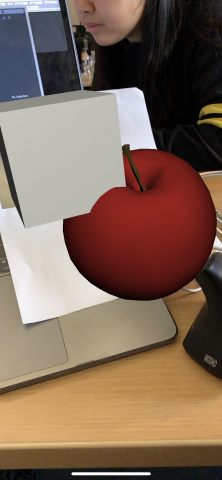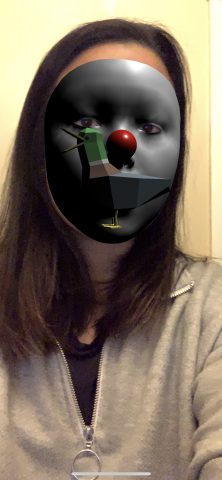For our final we worked to expand on the AR Golan project, as there were certain interactions we wanted to explore and had not yet achieved for out first iteration. The first of these was to turn the character to face the "viewer" when the character is looked at. The next element was to include multiple characters, and have set each of them to perform the same turning, waving interaction. This is the piece we had the most issues with. While we are able to detect when each gameObject is being viewed, we are still unable to trigger the animation sequence in all except the first game object (and we do not yet understand why). So for today's version we have one kind penguin who rotates towards the camera and multiple other penguins floating around minding their own business.
We switched out the Golan model for a series of Coca-cola-esque penguins, one of which is textured with the advertisement, to celebrate the upcoming capitalist Christmas.
